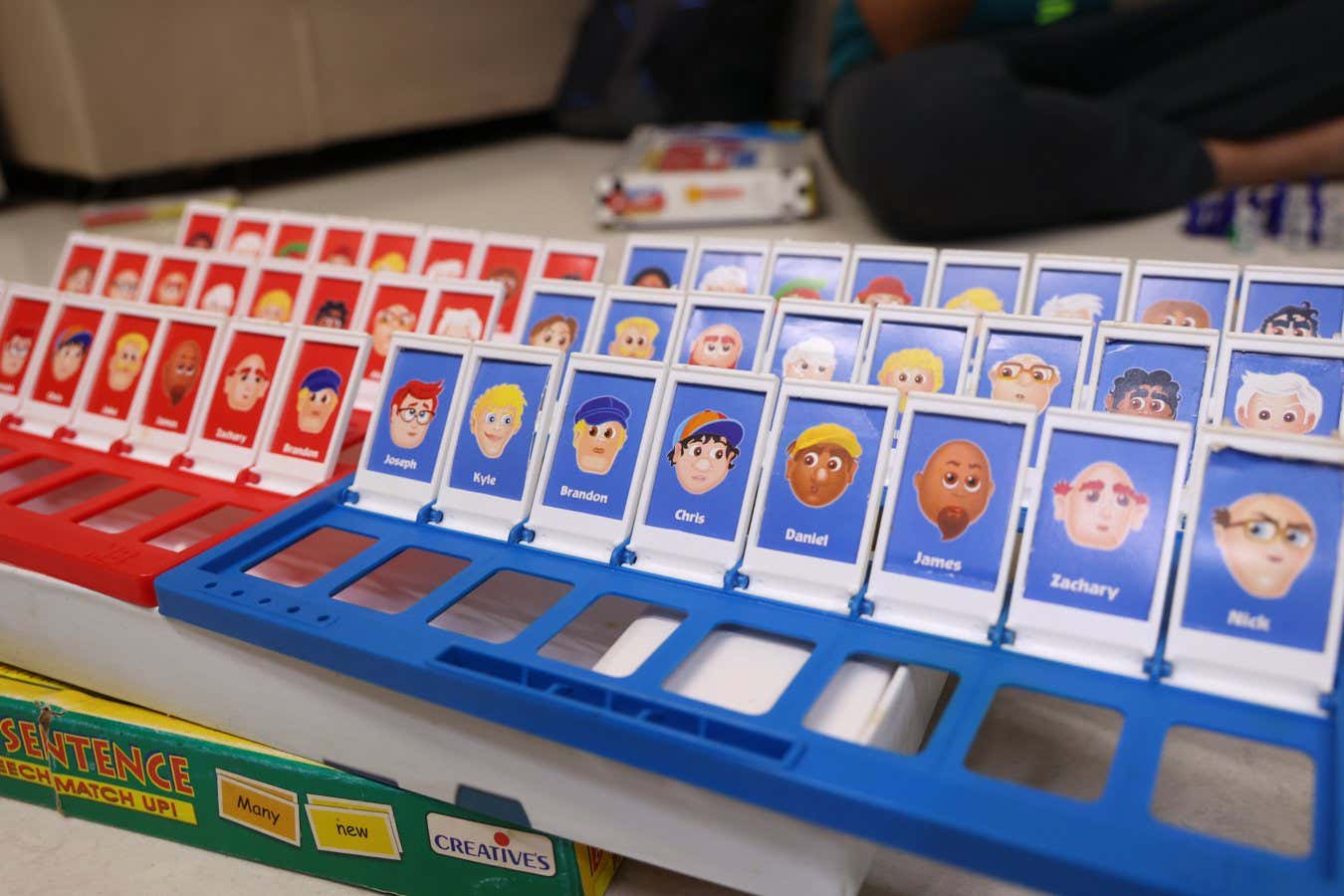The quickest way to win the board game Guess Who? involves asking sneaky questions that involve a logical paradox, according to mathematicians
By Alex Wilkins
11 August 2025
Players must identify one character from a group of 24 in Guess Who?
Shutterstock/Jayanthi Photography
You can maximise your chances of winning the board game Guess Who? if you follow a strategy devised by a group of mathematicians, but it could involve some head-scratching logical conundrums.
In Guess Who?, which was first released in 1979, two players each choose, in secret, a person from a set of 24 unique characters. The players then take turns asking their opponent a yes or no question, or trying to guess the opponent’s secret character.
Read more
Mathematicians find 27 tickets that guarantee UK National Lottery win
Many people play a version of the game where narrowing your opponent’s character down to one person results in winning. Mathematicians have previously looked at how best to win this version, which essentially involves asking two-pronged, or bipartite, questions that split your options so that the answer would be yes for half of them.
But the official rules say you can only win by affirmatively guessing the secret character, rather than simply eliminating all the incorrect choices on the board, which increases the mathematical difficulty of finding an optimal strategy for winning.
David Stewart at the University of Manchester, UK, and his colleagues have now devised a method for winning using the official rules. They found that, most of the time, you should use bipartite questions to split your suspects into even or uneven groups, depending on how many remaining suspects both you and your opponent have. Using this strategy, the first player will win, on average, around 65 per cent of the time. However, there are scenarios where you and your opponent have certain numbers of people left when you should take a slightly different strategy.
